Front Matter
Preface
Table of Contents
1. Laser Scanning Technology
1.1 Basic Measurement Principles of Laser Scanners
1.1.1 Time-of-Flight Measurement
1.1.2 Phase Measurement Techniques
1.1.3 Triangulation-Based Measurements
1.2 Components of Laser Scanners
1.2.1 Light Sources
1.2.2 Laser Beam Propagation
1.2.3 Photodetection
1.2.4 Propagation Medium and Scene Effects
1.2.5 Scanning/Projection Mechanisms
1.3 Basics of Airborne Laser Scanning
1.3.1 Principle of Airborne Laser Scanning
1.3.2 Integration of On-Board Systems
1.3.3 Global Positioning System/Inertial Measurement Unit Combination
1.3.4 Laser Scanner Properties
1.3.5 Pulse Repetition Frequency and Point Density
1.3.6 Multiple Echoes and Full-Waveform Digitisation
1.3.7 Airborne Laser Scanner Error Budget
1.4 Operational Aspects of Airborne Laser Scanning
1.4.1 Flight Planning
1.4.2 Survey Flight
1.4.3 Data Processing
1.4.4 Airborne Laser Scanning and Cameras
1.4.5 Advantages and Limitations of Airborne Laser Scanning
1.5 Airborne Lidar Bathymetry
1.6 Terrestrial Laser Scanners
Acknowledgements
References
2. Visualisation and Structuring of Point Clouds
2.1 Visualisation
2.1.1 Conversion of Point Clouds to Images
2.1.1.1 Height Images
2.1.1.2 Shaded Images
2.1.1.3 Other Imagery
2.1.1.4 Visualisation for Quality Control
2.1.2 Point-Based Rendering
2.2 Data Structures
2.2.1 Delaunay Triangulation
2.2.2 Octrees
2.2.3 k-D Tree
2.3 Point Cloud Segmentation
2.3.1 3D Hough Transform
2.3.1.1 Detection of Lines in a 2D Space
2.3.1.2 Detection of Planes
2.3.1.3 Detection of Cylinders
2.3.2 The Random Sample Consensus Algorithm
2.3.3 Surface Growing
2.3.4 Scan Line Segmentation
2.4 Data Compression
References
3. Registration and Calibration
3.1 Geometric Models
3.1.1 Rotations
3.1.2 The Geometry of Terrestrial Laser Scanning
3.1.3 The Geometry of Airborne Laser Scanning
3.1.3.1 Sensor Frame - s
3.1.3.2 Earth-Centred, Earth-Fixed Frame - e
3.1.3.3 Local-Level Frame - l
3.1.3.4 Body Frame - b
3.1.3.5 Airborne Laser Scanner Observation Equation
3.1.3.6 Mapping Frame - m
3.1.3.7 Trajectory Determination by GPS/INS
3.2 Systematic Error Sources and Models
3.2.1 Systematic Errors and Models of Terrestrial Laser Scanning
3.2.1.1 Range
3.2.1.2 Horizontal Direction
3.2.1.3 Elevation Angle
3.2.1.4 Data Artefacts
3.2.2 Errors and Models for Airborne Laser Scanning
3.2.2.1 Trajectory Positioning Errors Delta X_b ^e
3.2.2.2 Trajectory Orientation Errors R_b ^b' Delta r Delta p Delta y
3.2.2.3 Scanner Component Errors Delta rho, Delta theta
3.2.2.4 Lever-Arm Error Delta X_b ^s
3.2.2.5 Bore-Sight Error R_s ^s' Delta omega Delta phi Delta kappa
3.2.2.6 Scanner Assembly Error Delta eta
3.2.2.7 Target Accuracy Error Budget
3.2.2.8 Scanning Geometry
3.3 Registration
3.3.1 Registration of Terrestrial Laser Scanning Data
3.3.1.1 Target-Based Registration
3.3.1.2 Iterative Closest Point Methods
3.3.1.3 Feature-Based Registration
3.3.2 Registration of Airborne Laser Scanning Data
3.3.2.1 Direct Registration in National Coordinates
3.3.2.2 Strip Adjustment
3.4 System Calibration
3.4.1 Calibration of Terrestrial Laser Scanners
3.4.2 Calibration of Airborne Laser Scanners
Summary
References
4. Extraction of Digital Terrain Models
4.1 Filtering of Point Clouds
4.1.1 Morphological Filtering
4.1.2 Progressive Densification
4.1.3 Surface-Based Filtering
4.1.4 Segment-Based Filtering
4.1.5 Filter Comparison
4.1.6 Potential of Full-Waveform Information for Advanced Filtering
4.2 Structure Line Determination
4.3 Digital Terrain Model Generation
4.3.1 Digital Terrain Model Determination from Terrestrial Laser Scanning Data
4.3.2 Digital Terrain Model Quality
4.3.3 Digital Terrain Model Data Reduction
References
5. Building Extraction
5.1 Building Detection
5.2 Outlining of Footprints
5.3 Building Reconstruction
5.3.1 Modelling and Alternatives
5.3.2 Geometric Modelling
5.3.3 Formal Grammars and Procedural Models
5.3.4 Building Reconstruction Systems
5.4 Issues in Building Reconstruction
5.4.1 Topological Correctness, Regularisation and Constraints
5.4.2 Constraint Equations and Their Solution
5.4.3 Constraints and Interactivity
5.4.4 Structured Introduction of Constraints and Weak Primitives
5.4.5 Reconstruction and Generalisation
5.4.6 Lessons Learnt
5.5 Data Exchange and File Formats for Building Models
References
6. Forestry Applications
6.1 Introduction
6.2 Forest Region Digital Terrain Models
6.3 Canopy Height Model and Biomass Determination
6.4 Single-Tree Detection and Modelling
6.5 Waveform Digitisation Techniques
6.6 Ecosystem Analysis Applications
6.7 Terrestrial Laser Scanning Applications
6.7.1 Literature Overview
6.7.2 Forest Inventory Applications
References
7. Engineering Applications
7.1 Reconstruction of Industrial Sites
7.1.1 Industrial Site Scanning and Modelling
7.1.2 Industrial Point Cloud Segmentation
7.1.3 Industrial Object Detection and Parameterisation
7.1.4 Integrated Object Parameterisation and Registration
7.2 Structural Monitoring and Change Detection
7.2.1 Change Detection
7.2.1.1 Direct DSM Comparison
7.2.1.2 3D: Octree-Based Change Detection
7.2.1.3 2.5D: Visibility Maps
7.2.2 Point-Wise Deformation Analysis
7.2.2.1 Repeated Virtual Target Monitoring
7.2.2.2 Point Cloud versus Reference Surface
7.2.2.3 Landslide Analysis by Local ICP
7.2.2.4 Observation Quality
7.2.2.5 Statistical Point-Wise Deformation Analysis
7.2.2.6 Testing for Stability of a Tunnel
7.2.2.7 Morphological Deformation
7.2.3 Object-Oriented Deformation Analysis
7.2.3.1 Deformations Relative to an Object
7.2.3.2 Local Object Movement
7.2.3.3 Moving Rocks
7.2.3.4 Changing Roof Orientations
7.2.3.5 Rock Face Geometry
7.2.4 Outlook
7.3 Corridor Mapping
7.3.1 Power Line Monitoring
7.3.1.1 Data Collection
7.3.1.2 Classification
7.3.1.3 Transmission Cable Modelling
7.3.2 Dike and Levee Inspection
Conclusions
References
8. Cultural Heritage Applications
8.1 Accurate Site Recording: 3D Reconstruction of the Treasury Al-Kasneh in Petra, Jordan
8.2 Archaeological Site: Scanning the Pyramids at Giza, Egypt
8.3 Archaeological Airborne Laser Scanning in Forested Areas
8.4 Archaeological Site: 3D Documentation of an Archaeological Excavation in Mauken, Austria
8.5 The Archaeological Project at the Abbey of Niedermunster, France
References
9. Mobile Mapping
9.1 Introduction
9.2 Mobile Mapping Observation Modes
9.2.1 Stop-and-Go Mode
9.2.2 On-the-Fly Mode
9.3 Mobile Mapping System Design
9.3.1 General System Design
9.3.2 Imaging and Referencing
9.3.3 Indoor Applications
9.3.4 Communication and Control
9.3.5 Processing Flow
9.4 Application Examples
9.4.1 Railroad-Track Based Systems
9.4.2 Road-Based Systems
9.5 Validation of Mobile Mapping Systems
Conclusions
References
List of Abbreviations
Index
#
A
B
C
D
E
F
G
H
I
J
K
L
M
N
O
P
Q
R
S
T
V
W
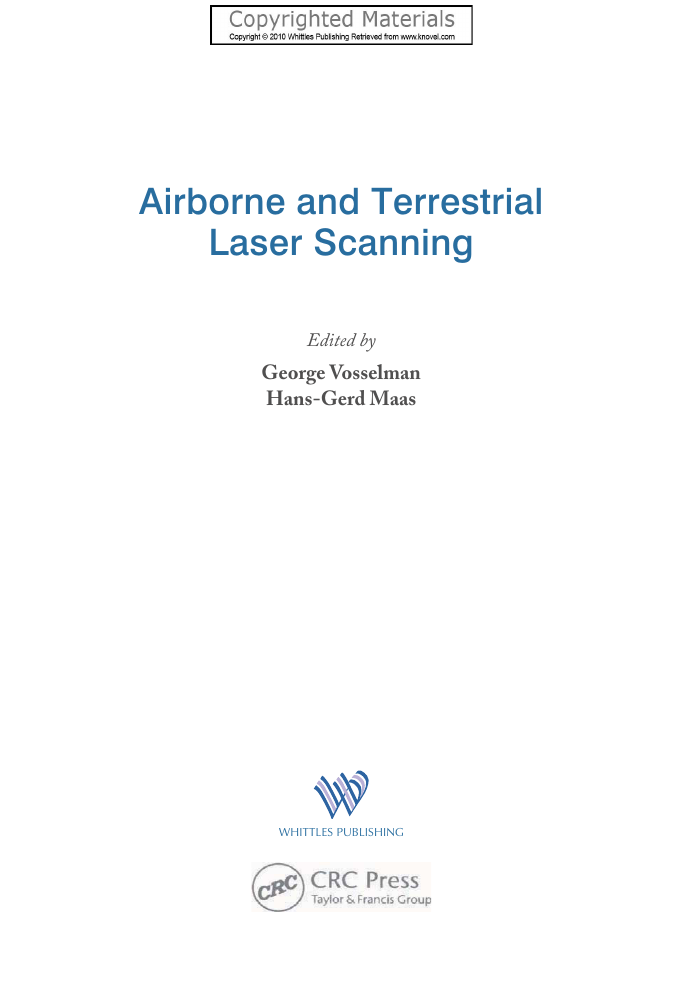
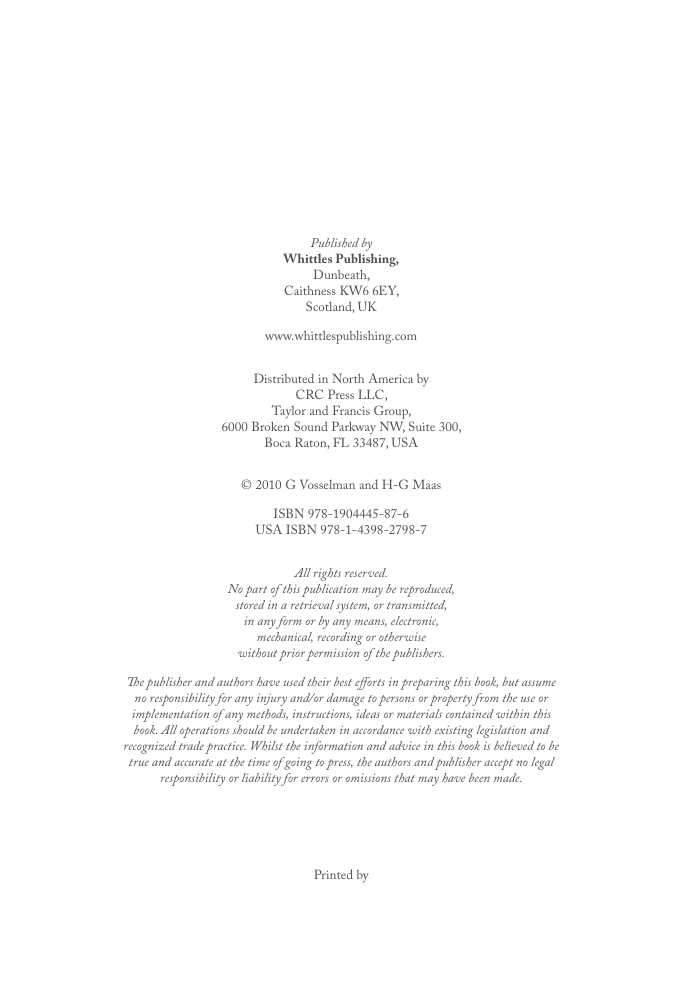
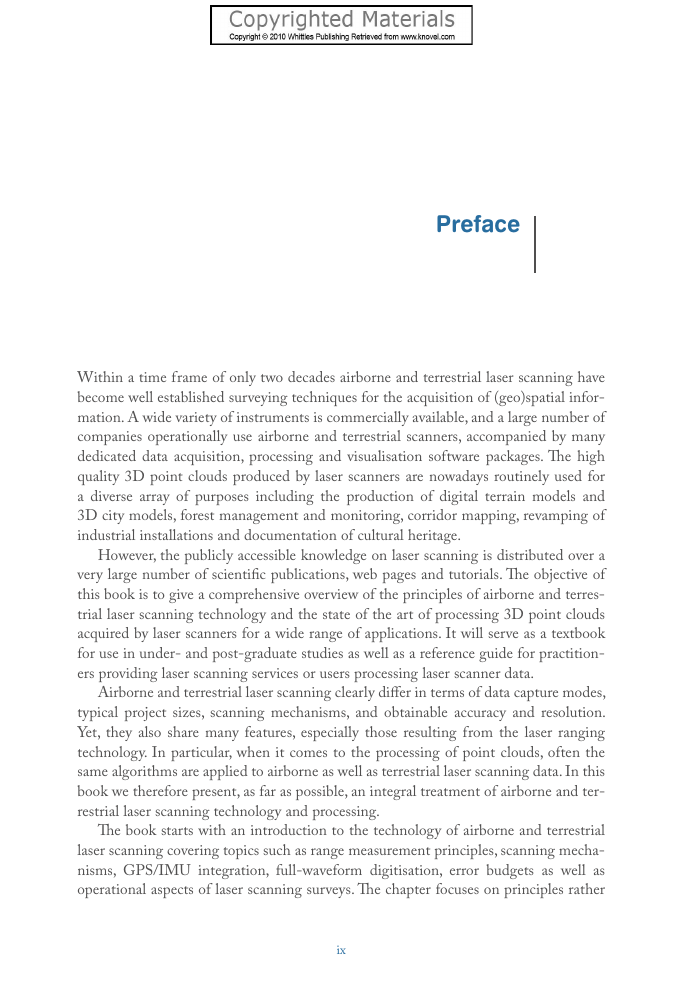
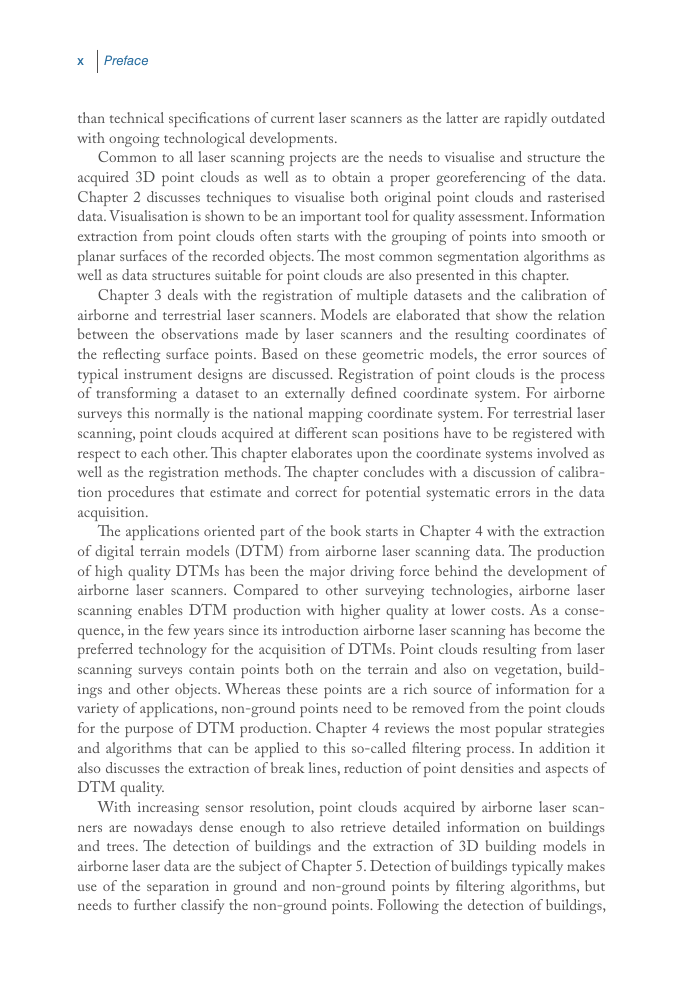


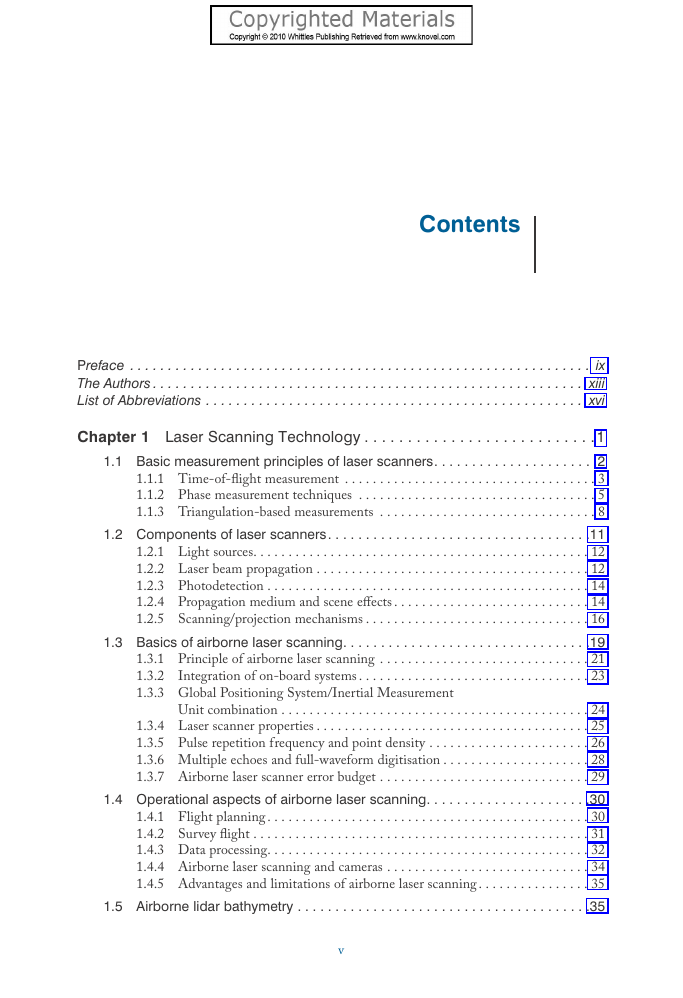
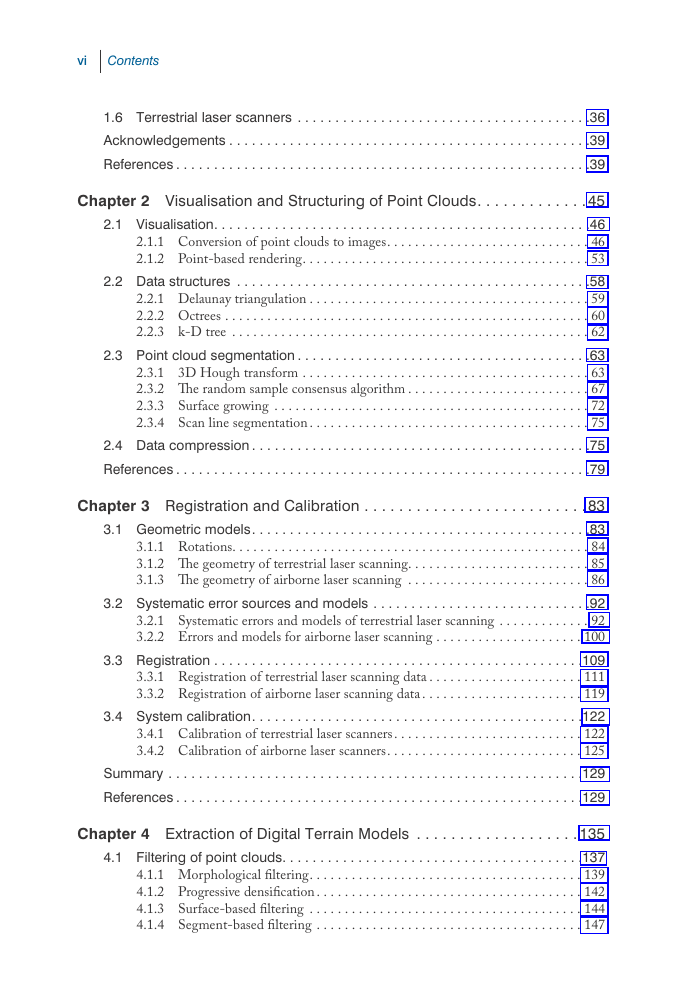








 2023年江西萍乡中考道德与法治真题及答案.doc
2023年江西萍乡中考道德与法治真题及答案.doc 2012年重庆南川中考生物真题及答案.doc
2012年重庆南川中考生物真题及答案.doc 2013年江西师范大学地理学综合及文艺理论基础考研真题.doc
2013年江西师范大学地理学综合及文艺理论基础考研真题.doc 2020年四川甘孜小升初语文真题及答案I卷.doc
2020年四川甘孜小升初语文真题及答案I卷.doc 2020年注册岩土工程师专业基础考试真题及答案.doc
2020年注册岩土工程师专业基础考试真题及答案.doc 2023-2024学年福建省厦门市九年级上学期数学月考试题及答案.doc
2023-2024学年福建省厦门市九年级上学期数学月考试题及答案.doc 2021-2022学年辽宁省沈阳市大东区九年级上学期语文期末试题及答案.doc
2021-2022学年辽宁省沈阳市大东区九年级上学期语文期末试题及答案.doc 2022-2023学年北京东城区初三第一学期物理期末试卷及答案.doc
2022-2023学年北京东城区初三第一学期物理期末试卷及答案.doc 2018上半年江西教师资格初中地理学科知识与教学能力真题及答案.doc
2018上半年江西教师资格初中地理学科知识与教学能力真题及答案.doc 2012年河北国家公务员申论考试真题及答案-省级.doc
2012年河北国家公务员申论考试真题及答案-省级.doc 2020-2021学年江苏省扬州市江都区邵樊片九年级上学期数学第一次质量检测试题及答案.doc
2020-2021学年江苏省扬州市江都区邵樊片九年级上学期数学第一次质量检测试题及答案.doc 2022下半年黑龙江教师资格证中学综合素质真题及答案.doc
2022下半年黑龙江教师资格证中学综合素质真题及答案.doc